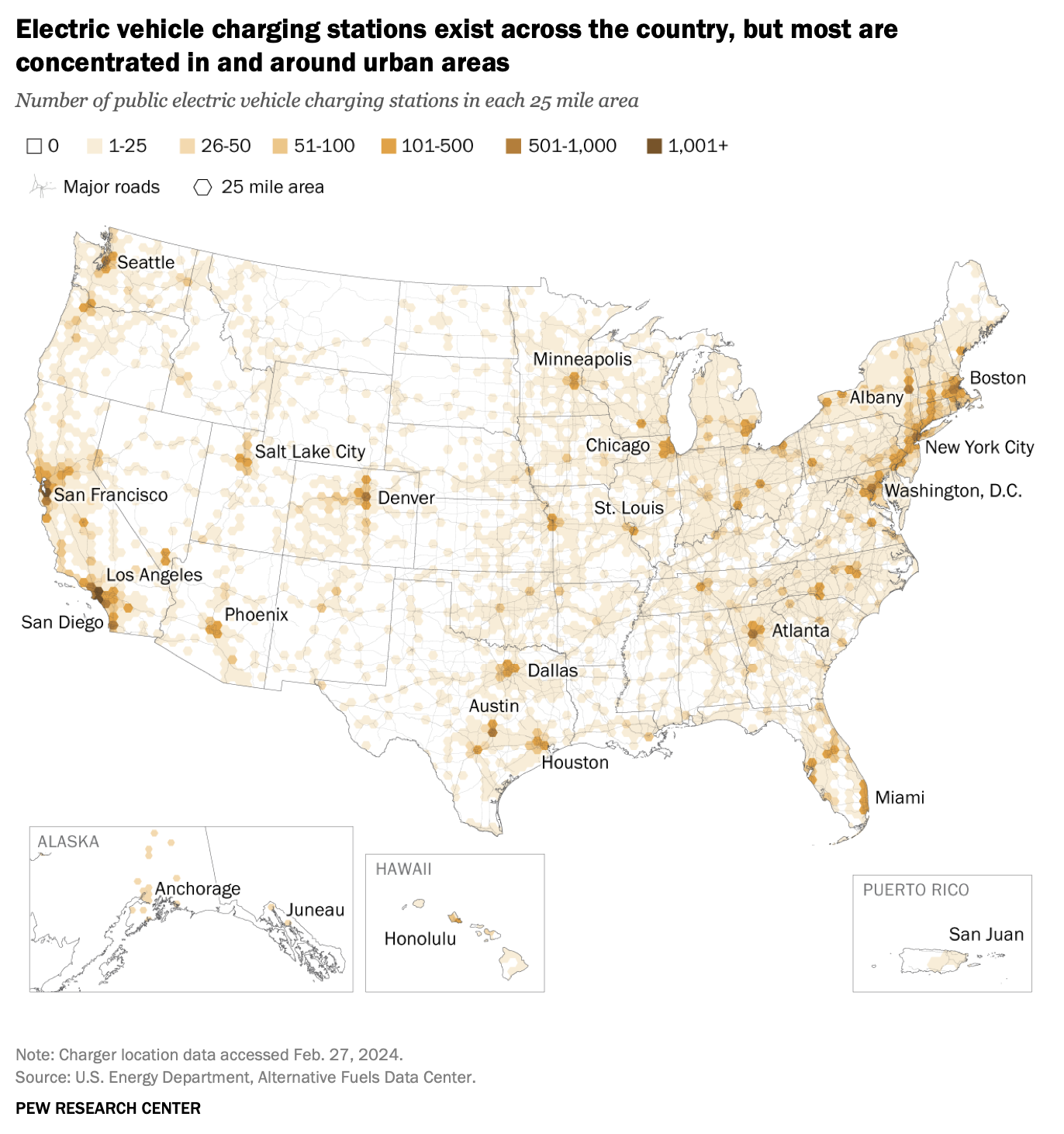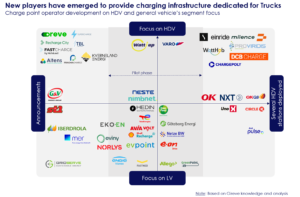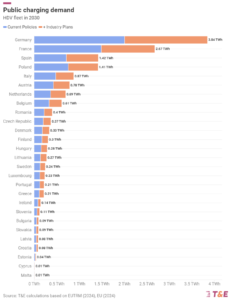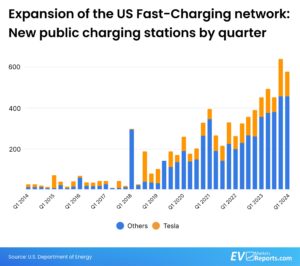A recent study by the Pew Research Center reveals that 64% of Americans reside within two miles of a public electric vehicle (EV) charging station, and proximity to these stations significantly influences positive perceptions of EVs. This comprehensive survey, conducted between May 30 and June 4, 2023, involved 10.329 U.S. adults and highlights the growing accessibility and acceptance of EV infrastructure in the country.
The report indicates that over 61.000 publicly accessible EV charging stations were available in the United States as of February 2024, marking a substantial increase from nearly 29.000 stations in December 2020. This rapid expansion of infrastructure reflects the impact of recent legislation, including the 2021 Infrastructure Investment and Jobs Act and the 2022 Inflation Reduction Act, both of which aim to encourage the development of EV infrastructure and promote EV adoption.
Urban residents benefit the most from this expansion, with 60% living less than a mile from the nearest charger. In contrast, 41% of suburban residents and just 17% of those in rural areas enjoy the same level of access. This urban advantage underscores the uneven distribution of EV charging stations, although recent efforts have focused on improving rural access.
The study finds a clear correlation between proximity to EV chargers and positive attitudes towards electric vehicles. Americans living close to public chargers are more likely to view EVs favourably and express confidence in the country’s ability to build the necessary infrastructure to support a large number of EVs on the roads. Specifically, 20% of those within a mile of a public charger are extremely or very confident in the U.S. developing the required infrastructure, compared to only 11% of those living more than two miles away.
Additionally, individuals living near EV chargers are more inclined to support phasing out the production of new gasoline cars and trucks by 2035. About 49% of those within a mile of a charger favour this policy, while only 30% of those more than two miles away share this view.
The report also reveals that the growth in EV charging infrastructure has outpaced the increase in registered EVs in certain states, leading to a higher ratio of chargers to vehicles. For example, California, with its extensive EV adoption, faces a more challenging situation, with one public charging port for every 29 EVs, ranking it 49th among all states.
Despite the positive trends, the report notes that the majority of EV charging still occurs at home, and the development of public infrastructure is crucial for broader EV adoption. The study also highlights demographic differences in access to EV chargers, with younger adults, urban residents, and Democrats more likely to live near charging stations compared to older adults, rural residents, and Republicans.
Overall, the Pew Research Center’s findings underscore the significant progress in expanding EV charging infrastructure in the U.S. and its impact on public perception and acceptance of electric vehicles. As the country continues to invest in and develop this infrastructure, these positive attitudes are likely to grow, further driving the adoption of electric vehicles nationwide.
Source: Pew Research




